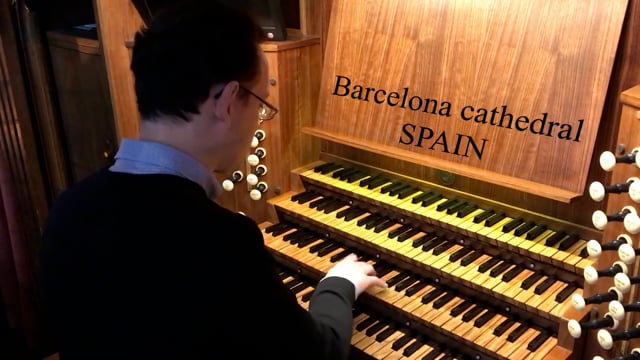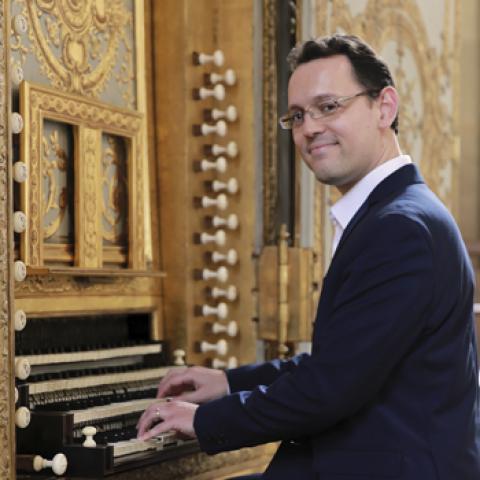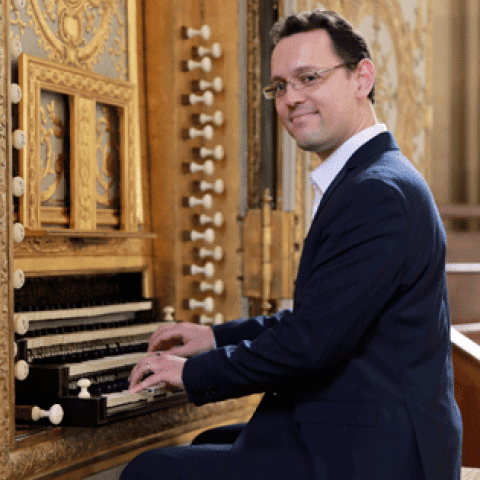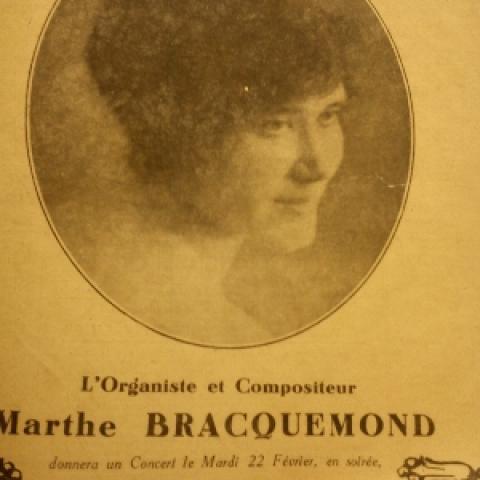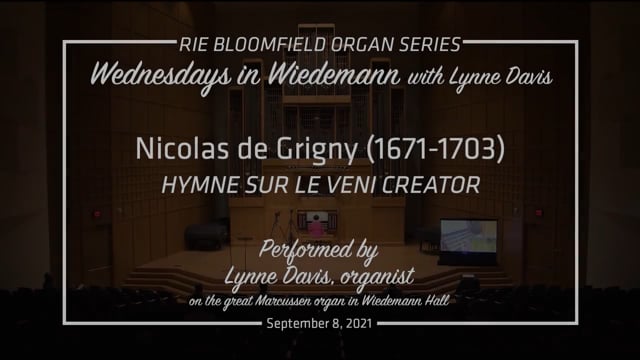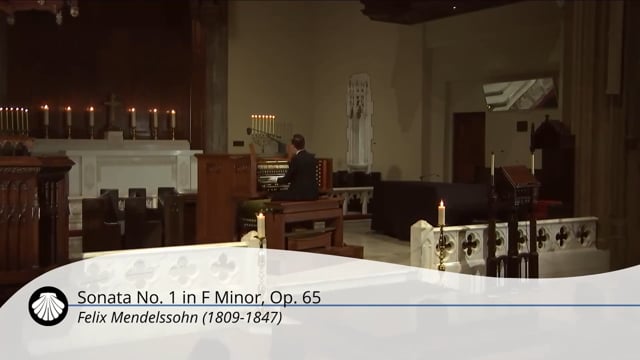Jean-Baptiste Robin plays March and 5 variations by Jean-Baptiste Lully.
The theme from the "Turkish March" (from Le Bourgeois Gentilhomme) by Jean-Baptiste Lully is one of the most famous from the 17th century in France. Mr. Robin invented five variations on this famous melody: a trio, a dialogue, a duo, Flûtes, and a Grand Jeu.
The organ case is by Antoni Carbonell from 1538 It is the largest and most important historical organ in Catalonia. The organ has been rebuilt on various occasions, adapting to the successive aesthetic changes of music and liturgy, as well as the technical advances of the organ which have transformed the initially Renaissance instrument into a baroque one (1700), later on a romantic instrument (1935), and now a neo-baroque organ.
Jean-Baptiste Robin is regarded as one of the most prominent French concert organists and composers of today. With his appointment in 2010 as Organist of the Royal Chapel at the Palace of Versailles, he was secured a place in a long line of famous French organists, such as François Couperin, Louis Marchand, Louis-Claude Daquin, and Claude Balbastre. He also serves as Professor of Organ and Composition at the Conservatoire à Rayonnement Régional in Versailles.
Jean Baptiste Robin is represented in North America exclusively by Phillip Truckenbrod Concert Artists, LLC. www.concertartists.com

